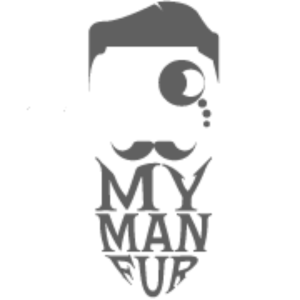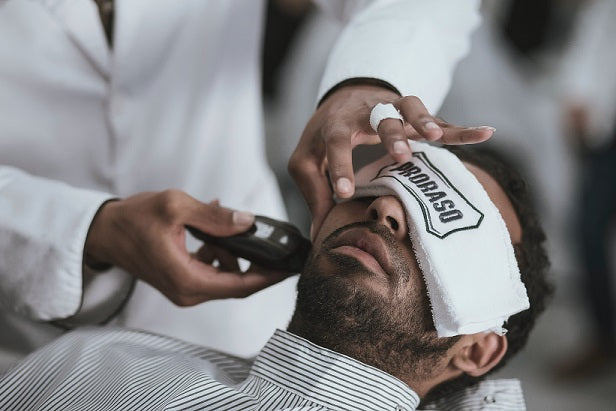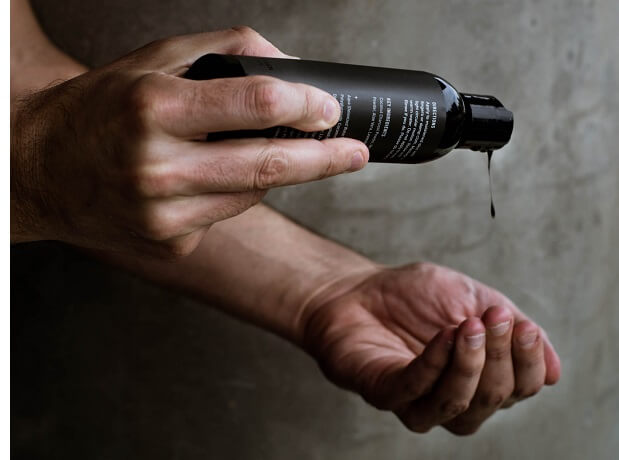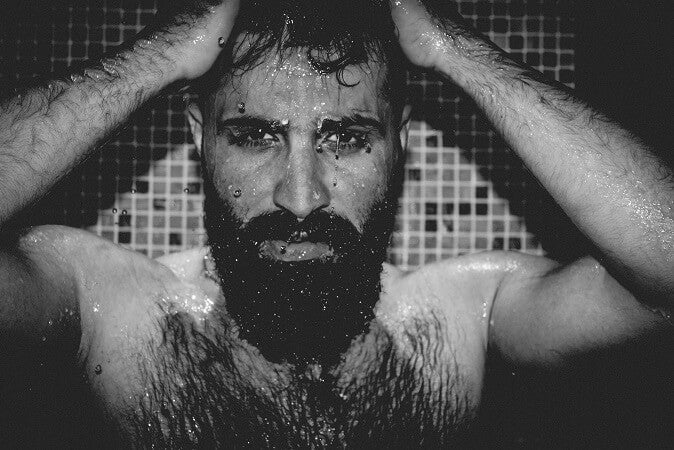FAQ: Choosing the Perfect Hair Brush
1. What's the difference between natural and synthetic bristles?
Natural bristles, like boar hair, distribute oils and add shine. Synthetic bristles are better for detangling and work well on wet hair.
2. How often should I replace my hairbrush?
Replace your brush every 6-12 months, or sooner if bristles become frayed or the cushion becomes damaged.
3. Can I use the same brush for wet and dry hair?
It's best to use different brushes. Wet brushes have widely-spaced bristles to prevent breakage, while dry brushes can have denser bristles.
4. Are expensive brushes worth the investment?
High-quality brushes can be worth it for their durability and performance, but there are also effective affordable options available.
5. How do I clean my hairbrush?
Remove hair, wash with gentle shampoo and warm water, rinse thoroughly, and air dry bristles-down.
6. Can using the wrong brush damage my hair?
Yes, using an inappropriate brush for your hair type or improper brushing techniques can lead to breakage, frizz, and damage.

In the vast realm of hair care, one essential tool often overlooked is the humble hairbrush. Yet, this seemingly simple implement can make a world of difference in the health, appearance, and manageability of your locks. From detangling knots to distributing natural oils and stimulating the scalp, the right brush can transform your hair care routine and elevate your overall look. But with the myriad of options available in the market today, choosing the perfect brush for your specific hair type and style can feel like navigating a labyrinth. Fear not, for we have embarked on a mission to demystify the world of hair brushes and combs, providing you with the ultimate guide to selecting the ideal tool for your tresses.
As we delve into this comprehensive exploration of hair brushes, we'll uncover the secrets behind various bristle types, handle designs, and brush shapes. We'll examine how each feature contributes to the overall performance of the brush and how it interacts with different hair textures and lengths. From the classic boar bristle brush that has stood the test of time to innovative paddle brushes designed for modern styling needs, we'll leave no stone unturned in our quest to help you achieve salon-worthy locks from the comfort of your own home. Whether you're dealing with fine, straight hair that needs a volume boost, or thick, curly tresses that require gentle detangling, we've got expert tips and recommendations to suit every hair type and concern. So, prepare to elevate your hair game as we embark on this journey to find your perfect brush companion.
Understanding Hair Brush Basics
Types of Hair Brushes
- Paddle Brushes: Ideal for detangling and smoothing medium to long hair
- Round Brushes: Perfect for creating volume and curl while blow-drying
- Vent Brushes: Great for quick drying and adding volume to fine hair
- Cushion Brushes: Gentle on the scalp and suitable for all hair types
- Teasing Brushes: Designed to create volume and texture at the roots
- Detangling Brushes: Specially crafted to remove knots without causing damage
Bristle Materials
- Boar Bristle: Natural bristles that distribute oils and add shine
- Nylon: Synthetic bristles that are great for detangling and wet hair
- Mixed Bristle: A combination of boar and nylon for versatility
- Plastic: Durable and easy to clean, suitable for all hair types
- Metal: Often used in vent brushes for quick drying
Choosing the Right Brush for Your Hair Type
Fine Hair
For those with fine hair, the goal is to add volume without causing damage. Opt for a brush with soft, natural bristles or a mix of natural and nylon bristles. A round brush with a ceramic barrel can help create volume while blow-drying. Avoid brushes with stiff bristles that can be too harsh on delicate strands.
Thick Hair
Thick hair requires a brush that can penetrate through dense locks. Look for wide-toothed combs or paddle brushes with sturdy bristles. A boar bristle brush can help distribute natural oils from root to tip, keeping thick hair moisturized and manageable.
Curly Hair
Curly hair is prone to tangling and frizz, so a gentle approach is crucial. Wide-toothed combs or detangling brushes with flexible bristles are ideal for working through knots without disrupting curl patterns. Avoid brushing curly hair when dry, as this can lead to frizz and breakage.
Straight Hair
Straight hair benefits from brushes that can smooth and add shine. Paddle brushes with a mix of nylon and boar bristles work well for detangling and polishing straight locks. For added volume, use a round brush while blow-drying.
Oily Hair
If you have oily hair, look for brushes that can help distribute oils evenly without adding extra grease. Boar bristle brushes are excellent for this purpose, as they can move oils from the scalp down the hair shaft, reducing oiliness at the roots.
Dry or Damaged Hair
Fragile, dry, or damaged hair requires extra care. Opt for soft bristle brushes or wide-toothed combs to minimize breakage. Avoid brushing wet hair, and when you do brush, start from the ends and work your way up to prevent unnecessary stress on the hair shaft.
Specialized Brushes for Specific Needs
Blow-Drying Brushes
When it comes to achieving a salon-worthy blowout at home, the right brush is crucial. Round brushes with ceramic or tourmaline barrels are ideal for creating smooth, voluminous styles. The size of the barrel affects the level of curl or wave you can create:
- Small barrel (1-2 inches): Tight curls and volume for short hair
- Medium barrel (2-3 inches): Loose waves for medium-length hair
- Large barrel (3+ inches): Smooth, straight styles with slight bend for long hair
Smoothing and Straightening Brushes
For those looking to achieve sleek, straight styles, paddle brushes are your go-to tool. Look for brushes with ionic technology to help reduce frizz and static. Some newer models even incorporate heat, acting as a brush and straightener in one.
Scalp Stimulating Brushes
Scalp health is crucial for overall hair health. Brushes with widely-spaced plastic or wooden bristles can help stimulate blood flow to the scalp, promoting hair growth and distributing natural oils. These brushes are also great for massaging in hair treatments or exfoliating the scalp.
Travel Brushes
Don't neglect your hair care routine while on the go. Compact, foldable brushes or mini versions of your favorite brush styles are perfect for travel. Look for brushes with protective covers to keep bristles clean and undamaged in your luggage.
Brushes for Men
While many brushes for men are similar to those used by women, there are some specialized options designed with men's grooming needs in mind:
- Military-style brushes: Firm bristles ideal for short, thick hair
- Beard brushes: Specially designed to groom and style facial hair
- Styling brushes: For creating modern textured looks in shorter hairstyles
Men with longer hair can benefit from the same brush types recommended for women with similar hair textures and styles.
Care and Maintenance of Your Hair Brush
Cleaning Your Brush
Regular cleaning is essential to maintain the effectiveness of your brush and promote hygiene. Follow these steps:
- Remove hair from the brush after each use
- Wash the brush in warm water with mild shampoo monthly
- Use a toothbrush to clean between bristles if necessary
- Rinse thoroughly and allow to air dry, bristles down
When to Replace Your Brush
Even with proper care, brushes don't last forever. Look for these signs that it's time for a replacement:
- Bristles are bent, broken, or falling out
- The cushion of the brush is damaged or coming apart
- There's visible build-up that doesn't come off with cleaning
- The brush is more than a year old and used frequently
Innovative Brush Technologies
Wet Brush Technology
Designed specifically for use on wet hair, these brushes feature flexible bristles that gently detangle without causing breakage. They're a game-changer for those with thick or curly hair that's prone to tangling.
Ionic Technology
Brushes with ionic technology emit negative ions that help to reduce frizz, static, and flyaways. This can result in smoother, shinier hair, especially when used in conjunction with heat styling tools.
Heated Brush Stylers
These innovative tools combine the functionality of a brush with the heat of a flat iron, allowing for simultaneous styling and smoothing. They're particularly useful for touch-ups and creating sleek looks quickly.
Complementary Hair Care Products
While the right brush is crucial, it's just one part of a comprehensive hair care routine. Consider incorporating these products to enhance your brushing experience:
- Leave-in conditioners: Apply before brushing to ease detangling and add moisture
- Heat protectants: Essential when using heated styling tools
- Scalp treatments: Use in conjunction with scalp-stimulating brushes for optimal hair health
- Styling creams or oils: Apply after brushing to smooth flyaways and add shine
Conclusion
Choosing the perfect brush for your hair type and style is a crucial step in achieving healthy, beautiful hair. By understanding the different types of brushes available, considering your specific hair needs, and properly maintaining your tools, you can elevate your hair care routine to new heights. Remember, what works for one person may not work for another, so don't be afraid to experiment with different brushes until you find your perfect match. With the right brush in hand, you'll be well on your way to achieving those salon-worthy locks you've always dreamed of.



